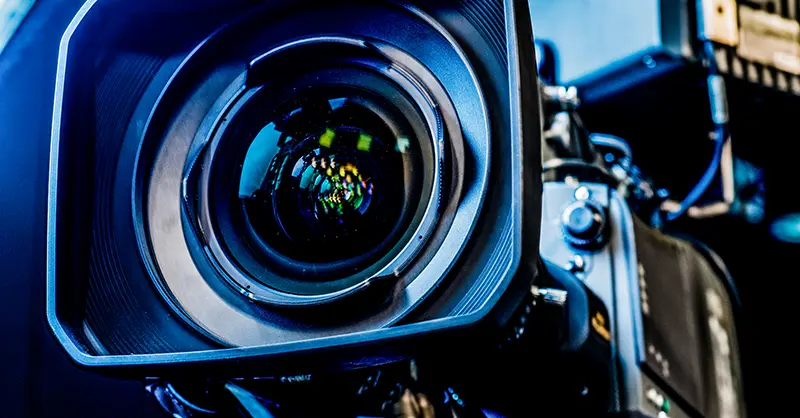The “Analog Hole” refers to the potential for digital rights management (DRM) to be circumvented by recording a digital work in its analog form. In 2005, an attempt to close this loophole was made through proposed legislation in the United States Congress.
This legislative effort was primarily driven by concerns over widespread copyright infringement facilitated by the ability to easily copy and distribute copyrighted materials due to technological advancements.
What is DRM?
Digital Rights Management (DRM) is a technology used by companies to control how digital files, like music, movies, and video games, are used and copied. It acts like a lock on digital content, making sure that people use these files in ways the content creators or distributors allow.
Companies use DRM to protect their content. They want to ensure that when someone buys a game or a movie, they don’t just give it away to everyone for free. This is because these companies need money from sales to keep making more content.
DRM can work in different ways. It might check if you really bought the content by asking for a password or checking with a website. Sometimes, DRM allows you to make a copy, but only a special kind that you can’t use everywhere.
The Analog Loophole
The “analog hole” is a term used to describe a loophole in digital rights management (DRM) protections. When digital content, like a movie or song, is played, it becomes analog — meaning, it turns into images and sounds that people can see and hear. This happens because our eyes and ears can’t perceive data in digital form (1s and 0s), so the data must be converted into sights and sounds for us to enjoy.
However, during this conversion, the content becomes vulnerable. It’s possible to record analog images and sounds with devices like cameras or audio recorders, creating a new copy without the digital locks that were in place to prevent copying. This process effectively “digs a hole” in the digital protection, hence the term “analog hole.”
This loophole worries content creators because it allows people to bypass DRM and make unrestricted copies of protected content, potentially leading to copyright infringement.
Legislative History
In 2005, the United States Congress introduced a bill known as the “Digital Transition Content Security Act.” This bill sought to mandate the inclusion of digital rights management technology in most consumer analog video input and output devices. It aimed to restrict the ability to convert digital content into unregulated analog content, thus preventing the copying and potential piracy of that material—an exploit known as the “analog hole.”
Rationale
The proponents of the bill, primarily comprised of entities within the entertainment industry, argued that the analog hole was a significant contributor to copyright infringement. They contended that it allowed individuals to bypass digital copyright protection mechanisms by simply re-recording digital content in an analog format, which could then be redistributed without any embedded digital rights management restrictions.
Closing the analog hole was seen as a way to preserve the integrity of copyrighted works, maintain revenue for content creators, and uphold the principles of intellectual property law.
Concerns
Critics of the bill argued that it would have far-reaching negative implications for consumer rights and innovation. There was significant concern that imposing such technology would inadvertently hamper legitimate uses of copyrighted works under the doctrine of fair use, such as for commentary, criticism, or parody.
Additionally, there were fears that mandating DRM technology in consumer devices would stifle innovation by imposing undue burdens on manufacturers and potentially leading to interoperability issues among consumer electronics.
Recent Developments
The Digital Transition Content Security Act did not become law. The issues surrounding the analog hole and digital rights continue to be topics of discussion and legislative interest, although no subsequent bills have gained the traction that the 2005 attempt did.
The entertainment and electronics industries have continued to grapple with the balance between copyright protection and consumer rights, often opting for market-driven solutions, such as the increased availability of reasonably-priced digital content, to deter piracy.
In the years following the attempt to legislate the closure of the analog hole, there has been a significant shift in both the consumption of and access to digital content. The rise of streaming services and digital distribution platforms has, to some extent, alleviated industry concerns regarding content piracy, as these platforms offer wide-ranging access to content in a manner that is both convenient and affordable.
However, the issues surrounding copyright infringement, digital rights management, and consumer rights remain pertinent, continuing to inspire debate and occasional legislative proposals.
